Local News
Jim Muscat retires after 28 years of water service
Published
12 months agoon
Big Sky’s foremost water superintendent shares lessons learned from five decades in Big Sky
By Jack Reaney ASSOCIATE EDITOR
On Aug. 30, a swath of community leaders shared barbecue at Riverhouse BBQ & Events to celebrate Jim Muscat, water superintendent with the Big Sky County Water and Sewer District. The next morning, Muscat roused for his final workday. By 6 p.m., he was fishing.
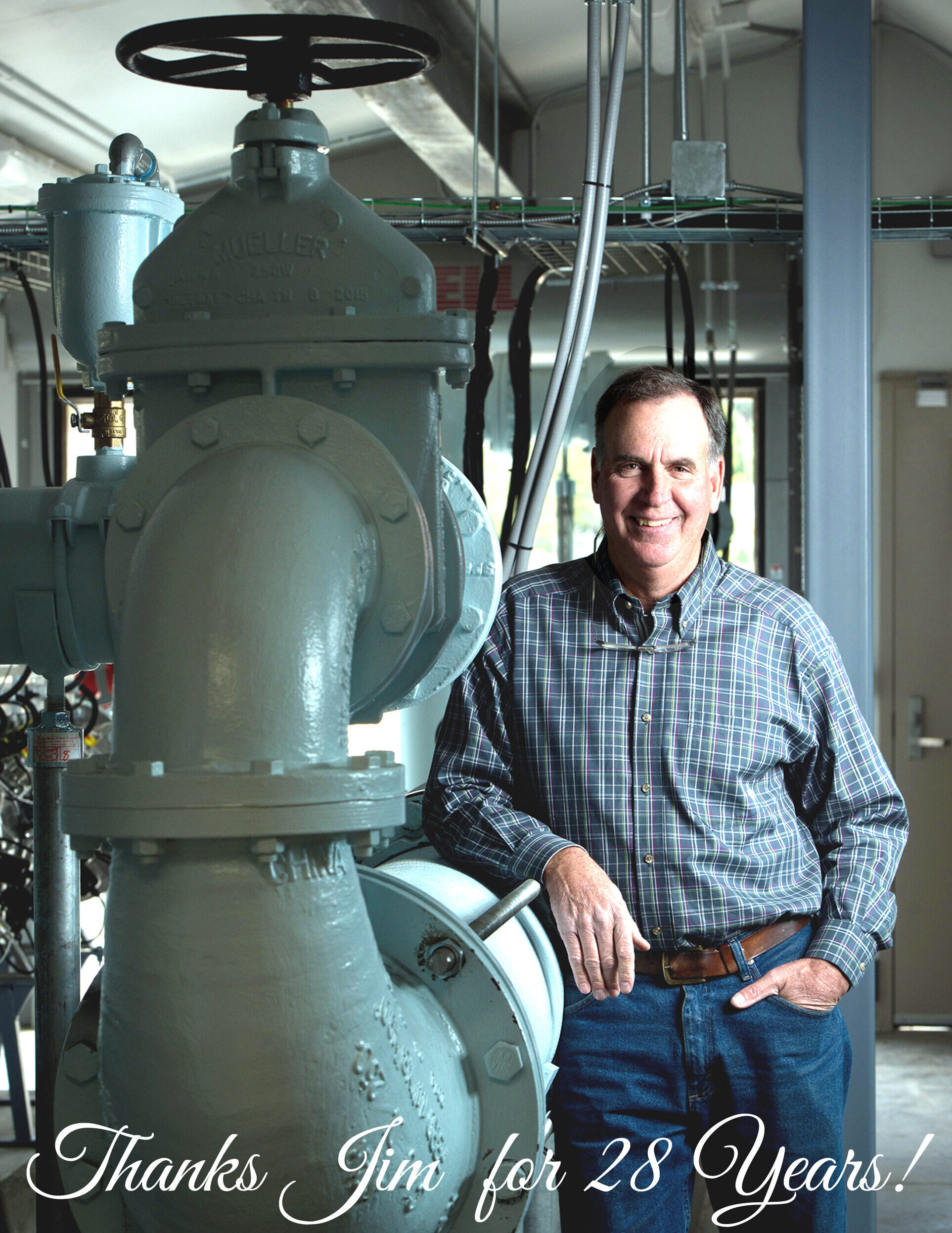
As water superintendent, Muscat managed the production, treatment and distribution of Big Sky’s drinking water. He oversaw maintenance and expansion of the entire community water system since the mid-1990s.
“Working for a public utility, in what I do by description is typically considered a pretty boring job,” Muscat told EBS. “But working here has been anything but boring. And it’s been, you know, a very exciting family business. That’s what it feels like to me.”
In his farewell letter to the BSCWSD board, he wrote that he feels confident in his team as they head off without him.
“There’s just no place quite like Big Sky, Montana,” he wrote.
An unexpected career
Muscat came to Big Sky in the late 1970s. He ran an outfitting business in the backcountry area which became home to the Yellowstone Club.
By the early 1990s, community water and sewer needs began to exceed the capacity that could be managed by Big Sky Resort—then responsible for water and sewer. A few challenging years later, which included a moratorium on building in Big Sky, the Big Sky County Water and Sewer District was created to manage those public utilities.
Around that same time, Plum Creek Timber Company—owner of much of the land used by Muscat’s business—began selling many acres of timber holdings, primarily to Tim Blixseth among other real estate developers.
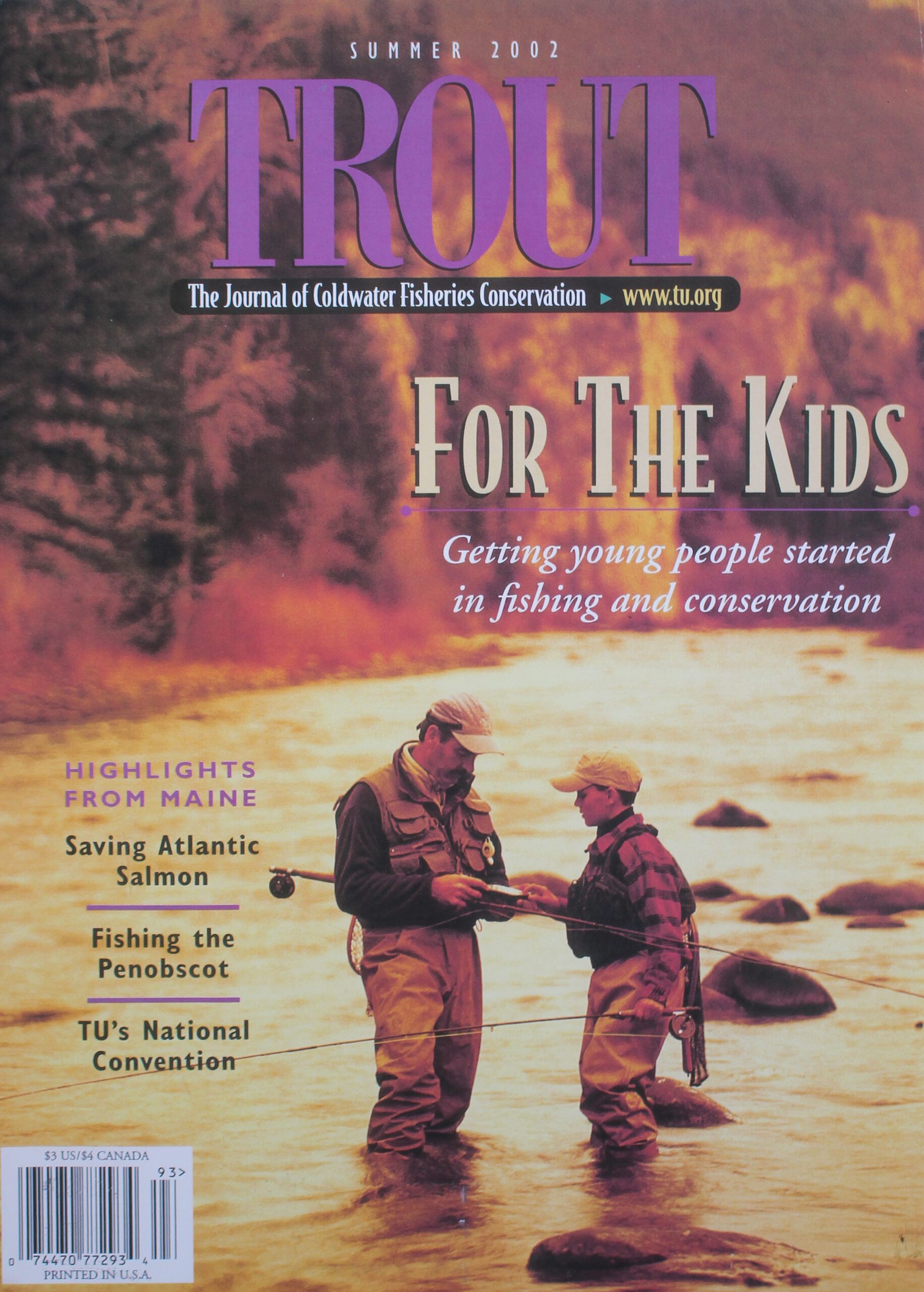

“I was kind of forced with a decision,” Muscat recalled. “I had been an outfitter, doing pack trips and hunts and those sort of things in the summer and in the fall—but my area, [becoming] the Yellowstone Club, was going away. It was sold.”
Muscat could either sell his business to Plum Creek Timber Co. or move it to Plum Creek land in a different part of the state. Wanting to stay in Big Sky, Muscat decided to change careers. He began as a part-time water operator and joined full-time when the water and sewer district was created.
“It was super, super intense for at least the first ten years anyways, fixing the disrepairs that had gone on,” Muscat said.
Muscat shared one staggering statistic: the Big Sky community uses about 30-40% less water in 2023 than in the mid-1990s, when the district took over water management. In Muscat’s view, homeowners came from water-abundant regions and expected their landscape to look the same in Big Sky—a green lawn requires more water in a “high-plains desert” above 6,000 feet.
“The water use per capita when we took over was astronomical,” he said.
Furthermore, water use was not charged at a variable rate. It cost around $30 per month, regardless of the amount used.
“People took advantage of that—poured the water into grass,” he recalled.
One of Muscat’s first initiatives was to install more than 3,000 usage meters and begin charging per gallon.
“That kind of brought us into the modern age, a little bit, on water use,” Muscat said.
‘Parental caution’
The next challenge was never-ending: water infrastructure issues created by fast-paced residential development. Over the years, the Meadow Village water system has become bottlenecked, with thirsty subdivisions on the fringes of the centralized system creating “hourglasses” and requiring lots of looping and hydraulic trickery, he explained.
“There was no original master planning for infrastructure… It was like, oh gosh, now what are we going to do? We didn’t see that coming,” Muscat said. Many real estate developments were constructed with plans for standalone water systems, but their water supply didn’t last. Ultimately, the district has stepped in to provide water service in those cases, requiring Muscat’s creative solutions.
“Now, serving water through these bottlenecks, it’s a challenge, it really is. But we stay ahead of it. It’s a work in progress, that’s for sure,” Muscat said.
The longtime resident added another note.
“I would give a parental caution to Big Sky that they need to have a conversation with themselves, and just start thinking about, how big do they want to be?” Muscat said. “What is the [capacity] of this town?”
The workforce housing shortage is real, he reasoned, musing on other challenges in Big Sky, but the issue is likely to persist if solutions don’t exceed the pace of more profitable development.
“It kind of seems to be going forward, you know, maybe at a rate where we might want to sit down and think about, what’s this place going to look like?” Muscat suggested.
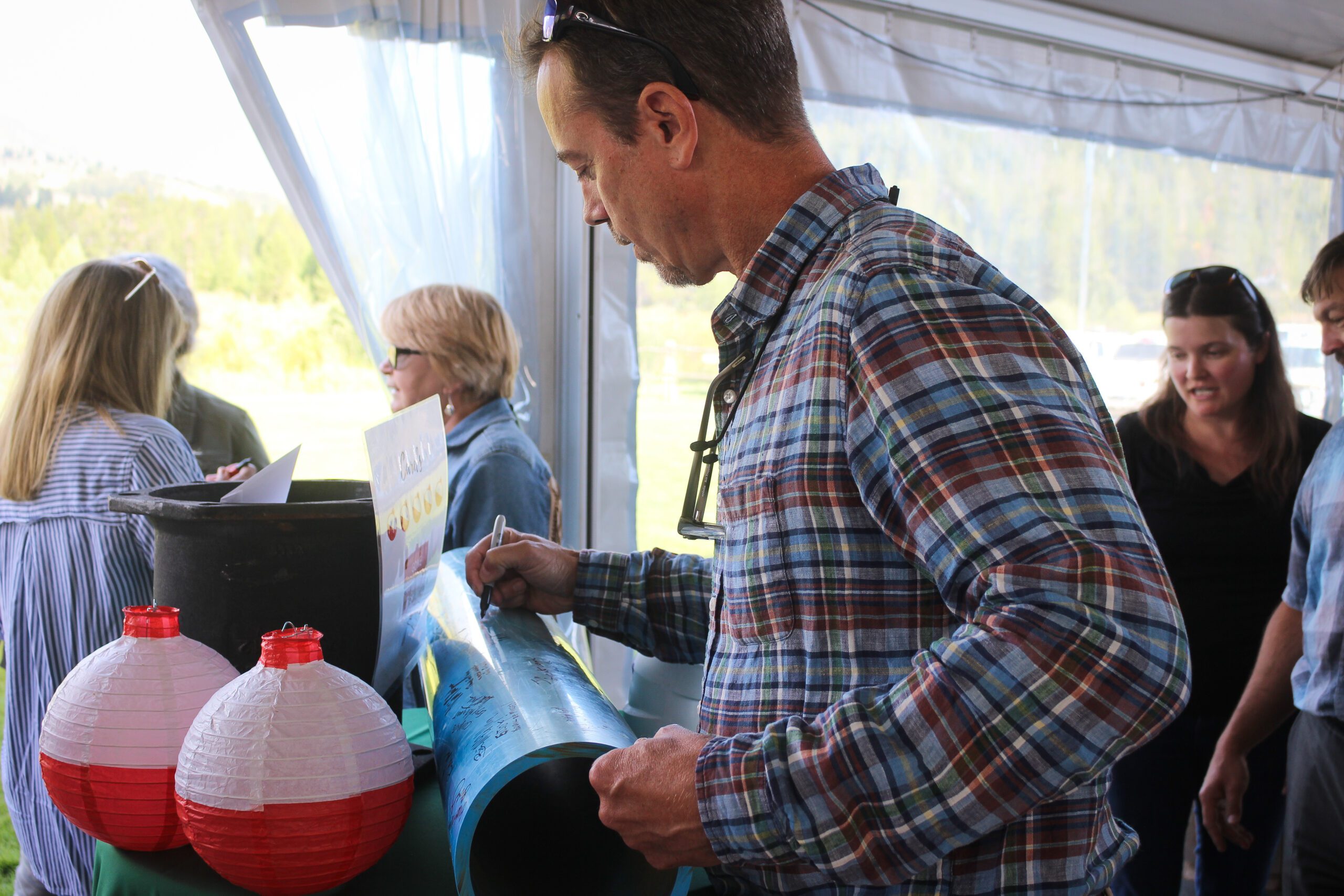

He’s been training his team—water operators Jake Porter and Vincent Palafox—to continue improving infrastructure to stay ahead of the town’s growing water needs. Those needs include the constant upscaling of water capacity as a firefighting resource.
“A simple garage dumpster fire is something that would make the last page of the newspaper in Bozeman,” Muscat suggested. But with Big Sky’s wildland-urban interface, “it could be the fire that triggers the mother of all forest fires.”
In September 2022, hydrologist Mark Cunnane presented data showing that peak-season water demand could outpace supply in the Mountain Village by 2040-45, and in the faster-growing Meadow Village by 2030-32.
Mother nature dictates the amount of water in a community like Big Sky, a true limiting factor, Muscat said. However, he foresees the “cutting-edge” Wastewater Resource Recovery Facility—still under construction—opening the door for eventual potable reuse.
‘Credit goes to the town’
The Big Sky community is investing more than $50 million in the new WRRF, a state-of-the-art, membrane bioreactor system. Much that project is funded by an added “1% for infrastructure” resort tax—plans include a pipeline to pump sewage from the Gallatin Canyon, to reduce the current situation in which treated effluent is discharged, legally, into the groundwater in close proximity to the Gallatin River.


Muscat said that project is another example of the Big Sky community being proactive. Increasing treatment capacity and quality will help lessen community impact on the Gallatin River.
Around 2014, a Montana DEQ law required that water from all groundwater drinking wells be disinfected, despite Big Sky’s “pretty darn good water” in those wells. Muscat said it would have cost about $100,000 to implement chlorine disinfection, or about $1 million to implement an ultraviolet disinfection system.
Especially after Big Sky won national recognition for the taste of its tap water, the water and sewer district board chose to keep the water pure and avoid handling chlorine, opting for the expensive UV process. That decision earned the district a magazine feature in Treatment Plant Operator (page 22).
“This town chose UV,” Muscat said. “So, the credit goes to the town. Same thing with discharging to the Gallatin [River]—basically that’s what every other town in the state of Montana and the United States of America does. And this town chose not to… The easy way out would have been obviously discharging to the Gallatin… Kudos to the town, really.”
On both the water and sewer sides, the district will soon need to hire more operators, considering the new WRRF and community growth. Muscat feels confident he’s leaving his career’s work in good hands.
“Yeah, you know, you never feel like your job’s done. But the younger guys that are working here, operators on the water side, specifically Jake and Vinny… They get it. So yeah, leaving the place in real good hands,” he said.
Muscat noted that as a career in Big Sky, “It’s a great job, it’s challenging, it’s exciting, there’s never been two days that are alike.”
A new chapter for water and sewer
Just a few months after Jim Muscat began full-time work at Big Sky’s water and sewer district, the district hired Ron Edwards in 1995 with hopes he’d serve as a long-term general manager. Edwards stuck around. Over three decades, Muscat and Edwards have been largely responsible for Big Sky’s modern water and sewer infrastructure.
“It was a perfect fit right from the start,” Muscat recalled. “If you’ve been around Ron, the calm demeanor and the intelligence shows, and that’s exactly what we needed. Because we went from crisis mode, to ‘let’s form a plan and start moving forward.’”
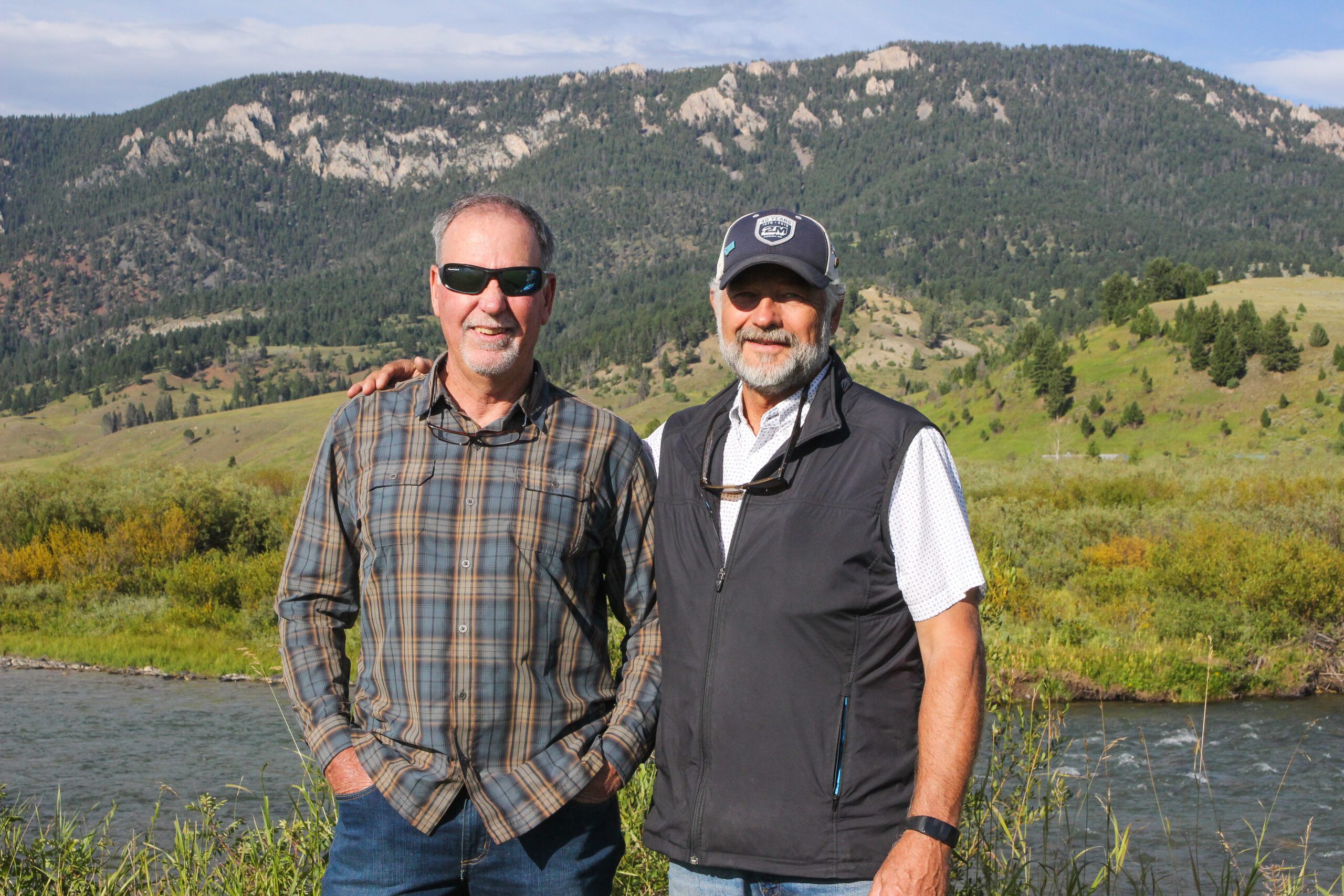

On Aug. 14, a new leader took his seat at the water table.
District General Manager Johnny O’Connor begins his Big Sky career shadowing Edwards. The transition has been expected for months, and although Edwards plans to retire, he has not yet picked a date. He’s sticking around to bring O’Connor up to speed as the district finishes construction of the WRRF.
O’Connor, originally from Kansas, brings more than a decade of experience managing community water. He told EBS that it’s been a fun start, and he’s spent a lot of time researching the history of Big Sky.
“It’s nothing new for me at this stage in my career,” O’Connor said. “Learning what’s important, getting to know the community and the people that live and work in it. The nuances of it, the components, the history of Big Sky and how we got to be where we are. It’s been a lot.”
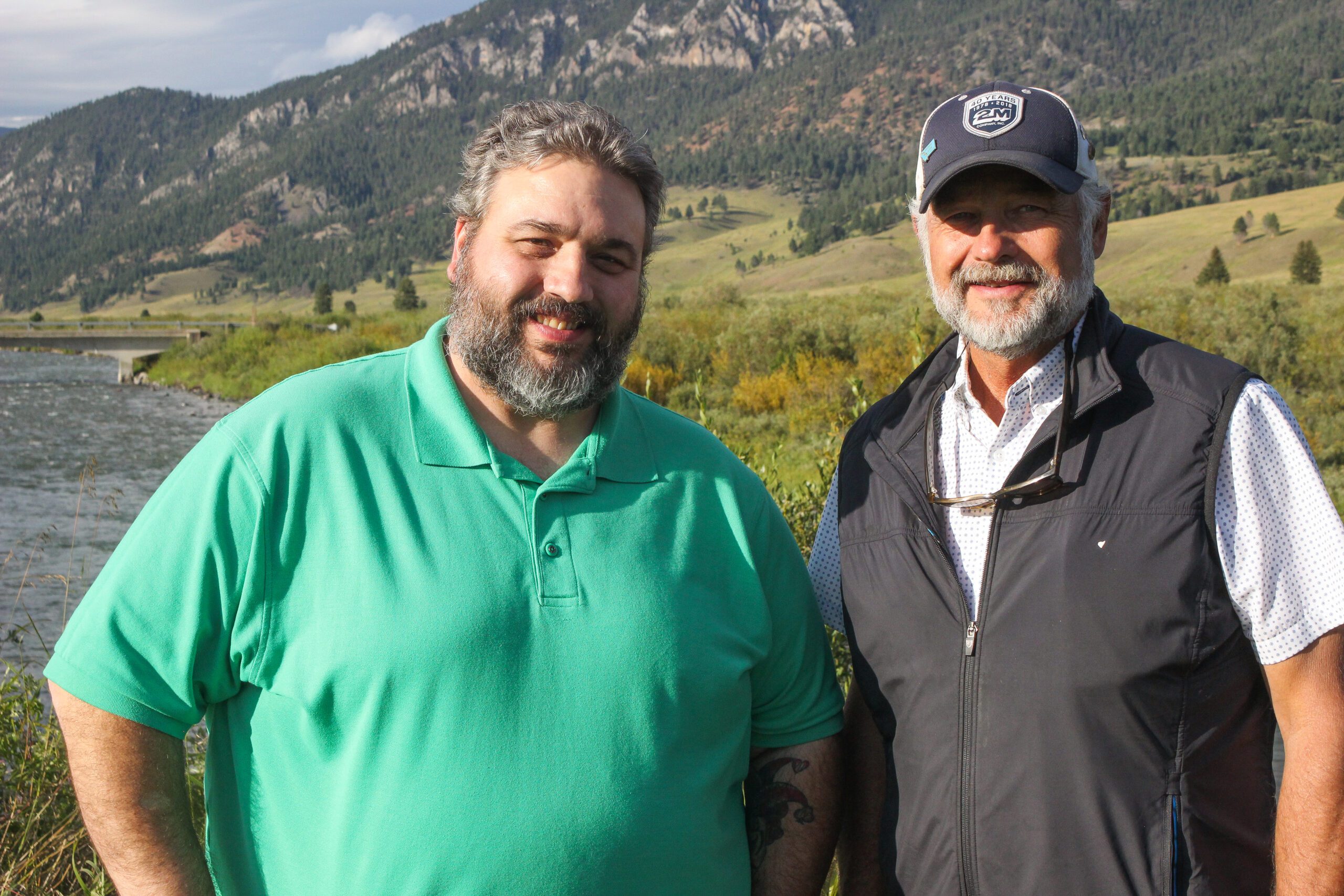

O’Connor said it’s an honor to carry on almost three decades of Edwards’ work. He’s very confident in his experience managing community water systems similar to Big Sky’s new Wastewater Resource Recovery Facility.
“He comes with a lot of experience from a lot of different areas,” Muscat said. “It’s quite obvious that he gets it… He’s probably gonna bring some ideas that would really be beneficial—bigger infrastructure things, which is what we’re becoming.”
After O’Connor’s first week of work, Edwards described his successor with a signature deadpan joke: “Well, he’s still coming in so that’s a good sign.”
Jack Reaney is the Associate Editor for Explore Big Sky.


Upcoming Events
august, 2024
Event Type :
All
All
Arts
Education
Music
Other
Sports
Event Details
Embrace the freedom and serenity of movement in nature with our rejuvenating morning yoga class on the Mountain Lawn. Allow the fresh mountain air and gentle guided yoga practice
Event Details
Embrace the freedom and
serenity of movement in nature with our rejuvenating morning yoga class on the
Mountain Lawn. Allow the fresh mountain air and gentle guided yoga practice to
invigorate your day of adventure ahead. Complimentary. Weather
permitting.
Time
June 1 (Saturday) 7:00 am - August 31 (Saturday) 7:00 am
Location
Montage Big Sky
995 Settlement Trail
Event Details
Bike Big Sky is a FREE community mountain biking group with BSCO and Gallatin Alpine Sports. Meet at posted locations at 6 p.m. Monday evenings. Visit BSCO.org or swing by
Event Details
Bike Big Sky is a FREE community mountain biking group with BSCO and Gallatin Alpine Sports. Meet at posted locations at 6 p.m. Monday evenings. Visit BSCO.org or swing by GAS for ride information.
Time
June 10 (Monday) 6:00 pm - August 19 (Monday) 6:00 pm
Event Details
Bike Big Sky is a FREE community mountain biking group with BSCO and Gallatin Alpine Sports. Meet at posted locations at 6 p.m. Monday evenings. Visit BSCO.org or swing by
Event Details
Bike Big Sky is a FREE community mountain biking group with BSCO and Gallatin Alpine Sports. Meet at posted locations at 6 p.m. Monday evenings. Visit BSCO.org or swing by GAS for ride information.
Time
June 17 (Monday) 6:00 pm - August 26 (Monday) 6:00 pm
Event Details
Hike Big Sky is a FREE guided hike for our community and visitors alike. A different trail will be featured each Monday at 9 a.m. Visit BSCO.org for trail description
Event Details
Hike Big Sky is a FREE guided hike for our community and visitors alike. A different trail will be featured each Monday at 9 a.m. Visit BSCO.org for trail description information. Please wear layers, bring water and snacks. Bear spray recommended.
Time
June 24 (Monday) 9:00 am - August 26 (Monday) 12:00 pm











